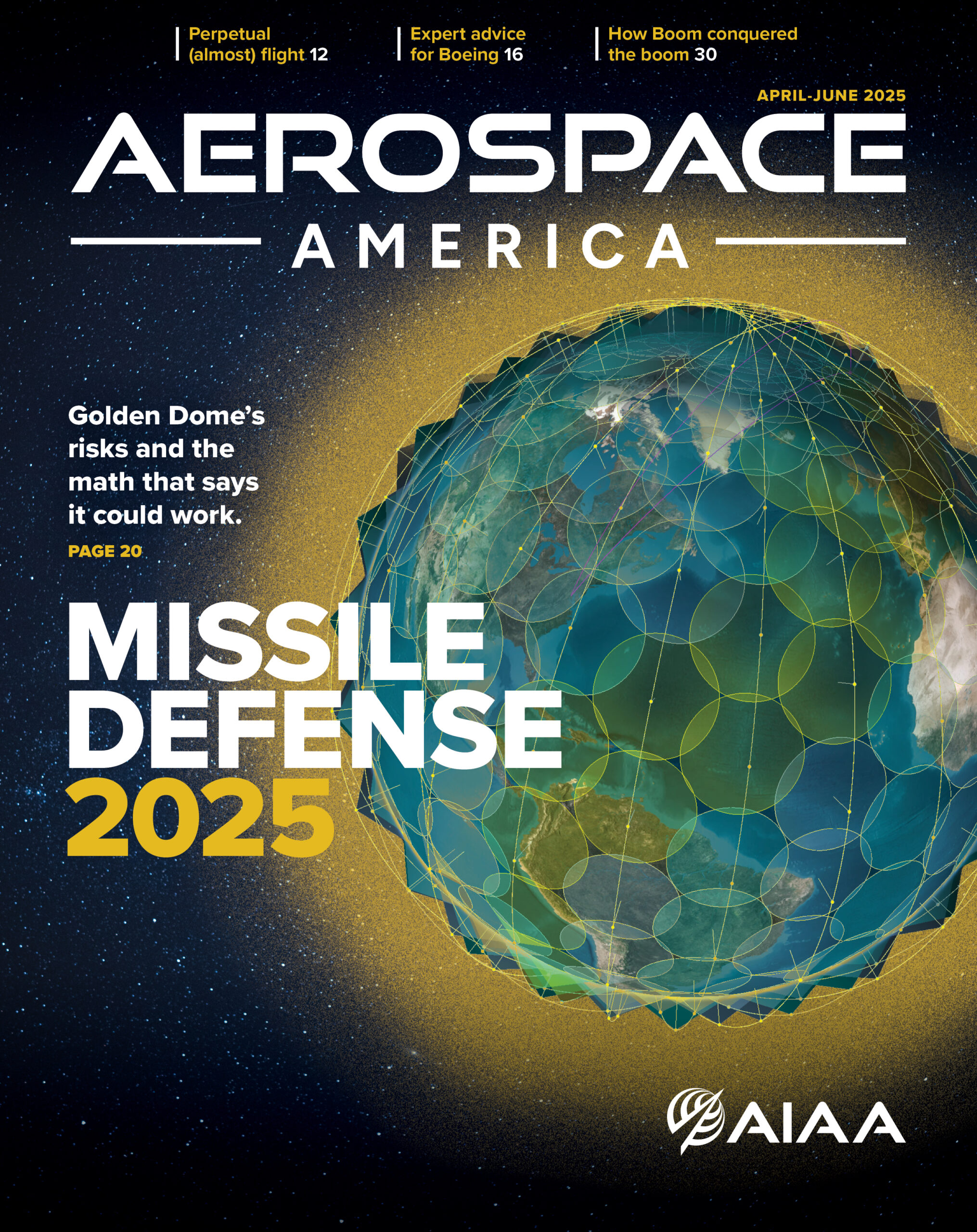Space startups must set themselves apart from established competitors by delivering something distinct – whether it’s better technology, reliability, or price – and leveraging their agility and passion.
“That means offering a higher level of reliability and mission services to your customers,” said former SpaceX space mission engineer Laura Crabtree, who is now CEO and co-founder of software-as-a-service (SaaS) startup, Epsilon3.
Speaking at the Founders Panel during 2025 ASCEND last month, Crabtree was joined by three other startup founders – Andrew Rush, co-founder and CEO of Star Catcher, which is building the first energy grid for space; Austin Link, co-founder of Starfish Space, a company intent on building an affordable servicing vehicle that can perform satellite life extension and disposal; and Matt Gialich, CEO and co-founder of AstroForge, an asteroid-mining company that recently launched to deep space.
“This has become one of my favorite sessions at ASCEND because it’s about what really happens behind the headlines – not just the big funding rounds…but the messy, the difficult, and the hard journey of actually building space companies that will go on to change the industry and the world,” began moderator and serial startup veteran Joe Landon, an active Space Angel investor and co-founder of Rendezvous Robotics, a company offering modular, autonomous systems that change how spacecraft are built and assembled in orbit.
Knowing Your Why: Entrepreneurs Share Their Unique Startup Paths
Many founders admitted that launching a startup took a leap of faith that isn’t for everyone.
“To start a company like this, you’ve got to be kind of dumb, crazy, or a little bit of both,” confessed Gialich, who founded California-based AstroForge in January 2022.
He previously led avionics development for Virgin Orbit and Virgin Galactic, where he worked on “really cool engineering” that included getting a rocket to drop off the wing of a 747. Before launching his startup, Gialich considered joining NASA Jet Propulsion Laboratory (JPL) to support the Europa Clipper science mission, the first mission to study Jupiter’s moon Europa.
“I looked at the budget and realized…this thing costs $5.5 billion. How do you even make the numbers add up that big?” he recalled thinking. “I had this completely idiotic thought —‘Could I make a commercial JPL and if I could, how cheap could I make the spacecraft?’’’
After learning about early asteroid mining entrants, Planetary Resources and Deep Space Industries, he realized, “There’s no economic limitation to mining asteroids. Can we take another shot at it?”
He admitted to always being drawn to the challenge of working in a startup, where you don’t have the luxury of distraction. “A small team won’t lose sight of the fundamentals [including obstacles] of their business,” he said. “By having those constraints so visible, it gives you the right incentive to…move in a way that just doesn’t quite exist [for a large company].”
“You have to understand why you’re founding a company,” advised Rush. “It can be, ‘Hey, I’m a great engineer and I make a better star tracker.’ You can also be motivated by making a huge impact, or a permanent change in how humans use…and interact in space.”
Rush’s drive as a startup founder was never in doubt: “My personal and professional ambitions are really closely aligned; I essentially want to enable people to do new stuff in space and do more in space,” he said.
He previously served as CEO and president of Made in Space, and later as president and chief operating officer of Redwire Space, which acquired Made in Space in 2020. These firms and his new company, Star Catcher, share something in common, he explained, they’re focused on space infrastructure.
“Anywhere on a planet that we settle or commercialize or industrialize, there’s three pieces of core infrastructure – roads, power plants, and comms. Now in space, I think it’s the same thing, except our roads are rockets, our comms systems are [satellite] dishes…there are plenty of people doing both those things, but there isn’t really infrastructure from a power perspective,” he said, adding, “Everyone goes on these little camping trips to space, and I view that as a really big bottleneck to enabling people to do more in space.”
Crabtree left SpaceX in 2020 after a decade working on mission operations software. She said she missed the small company feel when she first started at SpaceX and there were 600 people, instead of 6,000 when she left.
“Every company I interviewed with faced a similar problem in testing and operations and I had a lot of unique experience in that because that’s what I did at SpaceX,” she recalled of her decision five years ago to start Epsilon3, an AI-powered software platform that streamlines complex engineering, testing, and operations workflows.
Link said a big reason he founded his company, Starfish Space, was responding to how slow moving and costly it was to bring new innovation to market. The former flight sciences simulation engineer with Blue Origin said he was excited by how much could be done by concentrating the right effort and brainpower to a problem.
Getting Feedback: The Positive and Negatives of Buy-In
So, how does one go about establishing a space startup?
Rush said the first step is “calling people,” whether CEOs or friends in other space companies to see what they think of your idea.
“Getting that social proof and then taking that to convince employees, investors, and early customers to join the cause…that’s the foundation you build on to actually go to market,” he advised.
Crabtree noted that “you’re selling yourself and you’re selling your product. You have to learn how to exude passion…you have to get people to believe in you and believe in what you’re building. It really starts with personal conviction.”
Link cautioned against depending on input too much, especially in the early stages of launching a business, which puts a founder at risk of making “very consensus-driven decisions. … Fundamentally all of us, by starting startups, are making non-consensus decisions – we’re making a bet that is different than the rest of the industry.”
Landon agreed, noting, “You’re going to hear people say you’re wrong or it’s not going to work. But once you’ve done the math and run the numbers, you’ve got to have conviction. You’ve got to stick to it. Just be persistent.”
For Gialich, the first person he had to sell was himself, and that included doing the math to make sure his company’s solution was sound.
“This is where being technical as a founder makes all the difference,” he said. “I don’t care what you are building, you better be crystal clear about why that idea has any salt. Also, what has changed before you that didn’t work before that nobody has tried it? We all like to pretend like big companies are stupid and slow…That’s not the case at all.”
Aligning Incentives and Funding Strategies
Incentive alignment is crucial. The founders emphasized that their motivations and business models differ from those of large primes. Gialich explained: “I don’t want my incentives to be to go win the next giant $4 billion government contract… My incentive is I want to be a mining company. I want to be a commercial space company. I truly want to be one of the first commercial space companies to go into deep space and in order to do that, my incentives are completely different.”
There were differing views on partnering with primes: some saw value in teaming up to access markets, while others prefer independence to maintain low costs and maximize returns.
Gialich was not a fan of non-diluted funding: “It’s very time dilutive…To me…time is a variable [that] we lose accounting for. Also, government may pay you, but the government is not a customer. A customer to me is someone that will pay you multiple times to do the same thing. The government on most of these [awards] is going to be one-off.”
Crabtree observed that Small Business Innovation Research (SBIR) awards require a long proposal for a small amount of dollars. She added that it’s not dilutive, since it requires multiple efforts to win these awards and it may not directly apply to the startup’s mission.
“If it directly applies, you’re lucky. You have to really do…a risk /trade to understand if it’s worth your time to apply for government non-diluted funding,” said Crabtree, explaining that venture capitalists often don’t view SBIRs as contracts or funding. “They basically negate any money that you’ve received through those and they look at just customers.”
While Link said much of his company’s funding came from the government, including “a good chunk” from the SBIR program, he admitted that he would pass on solicitations that weren’t directly relevant to his company’s focus on doing on-orbit missions. He applauded the Department of the Air Force’s Open Topic program that allows companies to propose what they want to build.
“It does a better job of aligning your incentives,” Link said, adding, “We have a mission we’re doing for the Space Force right now that’s set to launch next year. It’s $37.5 million that we’re getting paid by the Space Force to do, that started as a $50,000 SBIR that we proposed through an open topic. It wasn’t really the $50,000 that was valuable but the people that it allowed us to get in contact with…and to show off our work to…that turned out to be really valuable.”
Rush also said he leaned into government and prime contractor partnerships throughout his history as a startup leader.
“At the end of the day, space is a team sport,” Rush said, noting that primes often can help a startup expand its market. “Aligning incentives with those folks and saying, ‘Hey, we can help each other here – we can deliver more value for the customers you care about, and you can help me do this new and awesome thing.’ That’s the way that I’ve historically approached working with primes. From a startup perspective, that’s the way you’re going to be most successful.”




